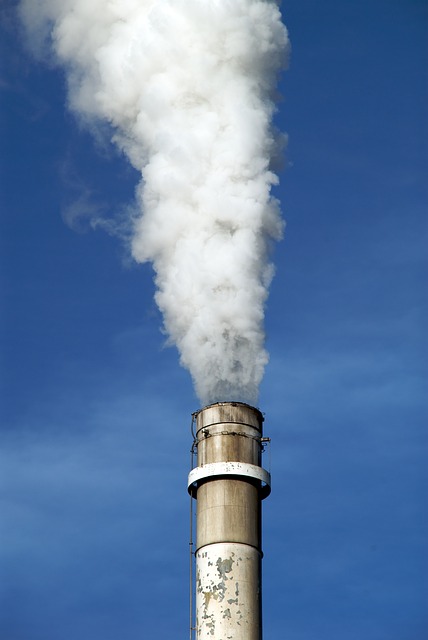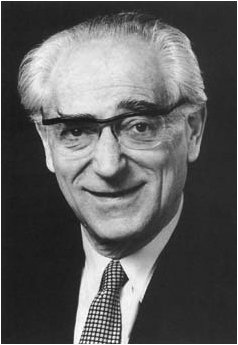
Image: CC0 Public Domain
Cellphones have changed the way the world communicates, but one bar owner is looking to revert to a more classic type of interpersonal communication – if only for one drink.
Looking to give his customers a little encouragement to take their eyes off the electronic screens, bar owner Steven Tyler of East Sussex’s Gin Tub installed metal mesh in the bar’s ceiling and walls. By doing this, all electromagnetic signals are absorbed and redistributed – successfully preventing them from entering the building and preventing patrons from accessing the internet and social media feeds.
This process – known as a Faraday Cage – is derived from Michael Faraday’s 1836 discovery used to prevent interference between electronic equipment in highly charged environments.
Unlike signal jammers, a Faraday Cage is completely legal.
“Unlike jammers, Faraday cages don’t proactively cause interference, although they do interfere with mobile reception,” said a spokesman from Ofcom, the communications regulator in the UK.
While some worry that the Faraday Cage could alienated younger bar-goers, Tyler believes it’s a necessary measure in a world so addicted to digital communication.
“I just wanted people to enjoy a night out in my bar, without being interrupted by their phones,” Tyler told BBC. “So rather than asking them not to use their phones, I stopped the phones working. I want you to enjoy the experience of going out.”






 Nomination Deadline: September 15, 2016
Nomination Deadline: September 15, 2016
 Calling all ECS members! Has your section or student chapter achieved something momentous in recent months, or will it do so before mid-October? Tell us about it and you just might see your submission published. ECS wants to highlight YOUR news in the Winter 2016 edition of
Calling all ECS members! Has your section or student chapter achieved something momentous in recent months, or will it do so before mid-October? Tell us about it and you just might see your submission published. ECS wants to highlight YOUR news in the Winter 2016 edition of  Nomination Deadline: September 1, 2016
Nomination Deadline: September 1, 2016